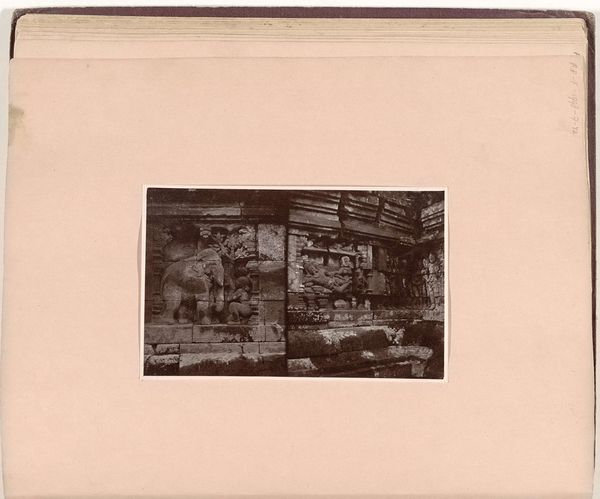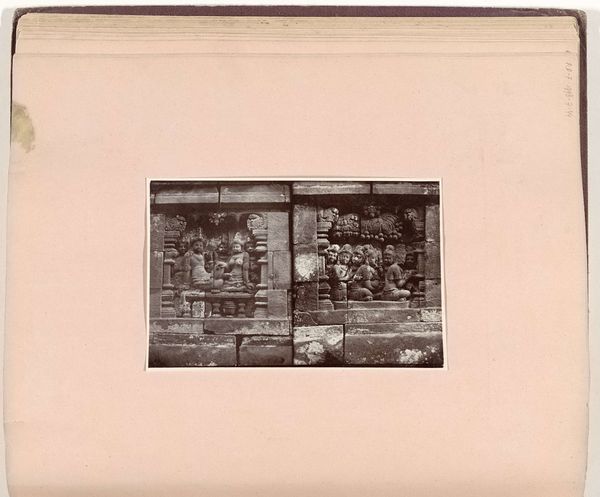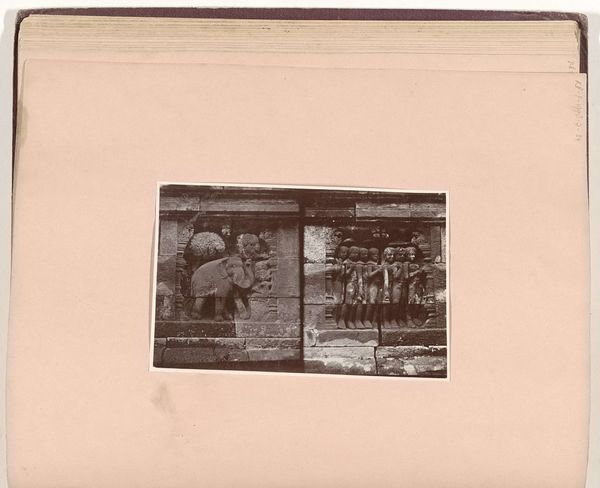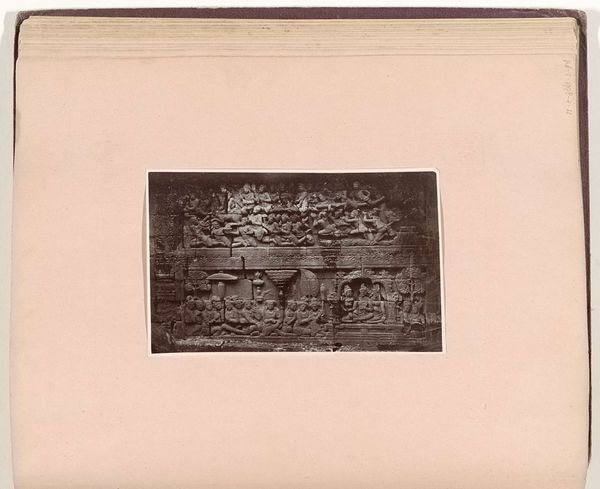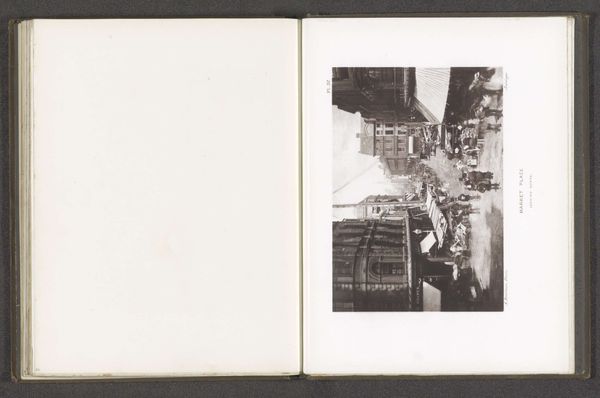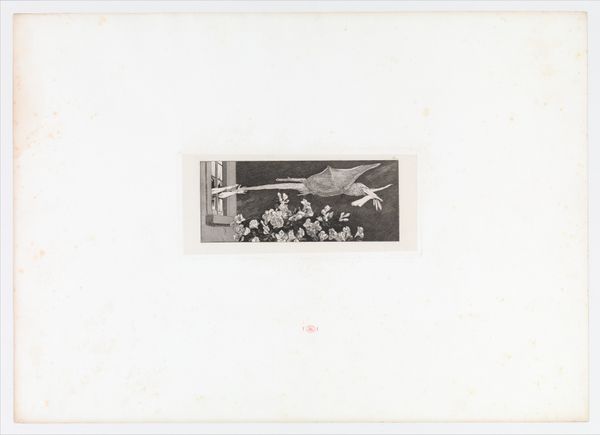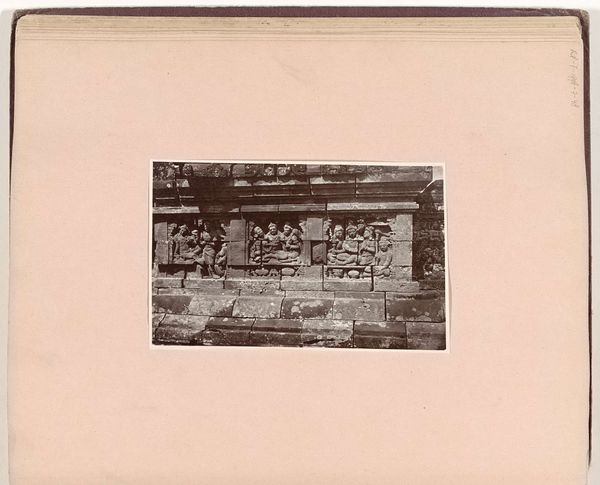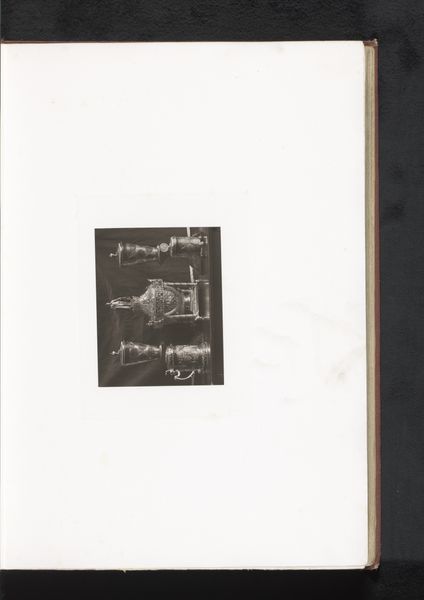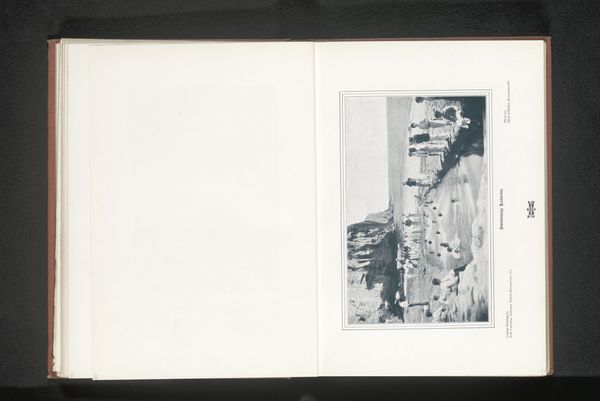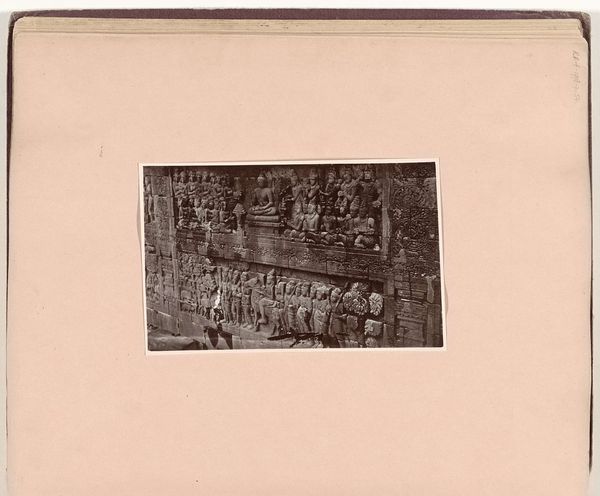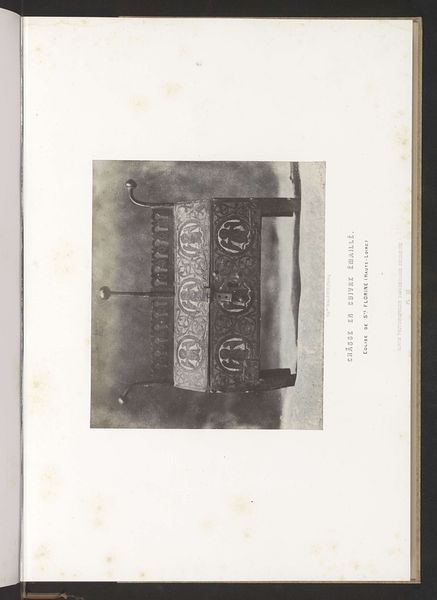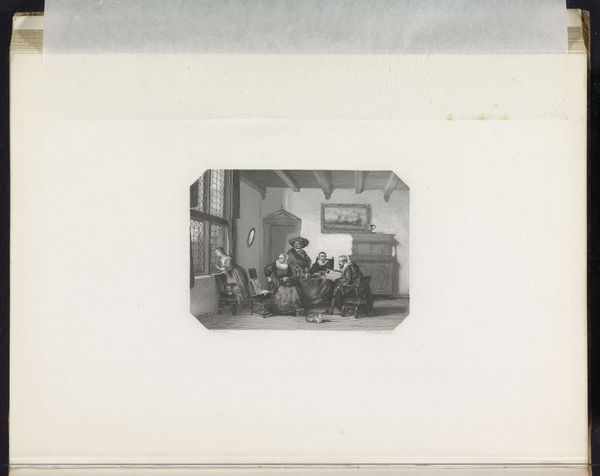
print, relief, photography
# print
#
asian-art
#
relief
#
indigenism
#
photography
Dimensions: height 101 mm, width 159 mm
Copyright: Rijks Museum: Open Domain
This photograph by C. Dietrich depicts a relief from Borobudur, a 9th-century Mahayana Buddhist temple in Central Java, Indonesia. Borobudur's reliefs are not simply decorative; they are didactic tools intended to instruct viewers in Buddhist teachings and moral principles. This particular relief likely illustrates stories from Buddhist scriptures, showing scenes of royal processions and assemblies of figures. The photograph itself, made during the colonial era, speaks to the institutional history of art. As European powers expanded their reach into Southeast Asia, photography became a means of documenting and studying the region's cultural heritage. The photograph creates a sense of ethnographic understanding, an institutional practice which is still in use today. To fully understand the cultural significance, scholars turn to textual sources, archaeological reports, and comparative studies of Buddhist art. The meaning of art is always contingent on social and institutional context.
Comments
No comments
Be the first to comment and join the conversation on the ultimate creative platform.
